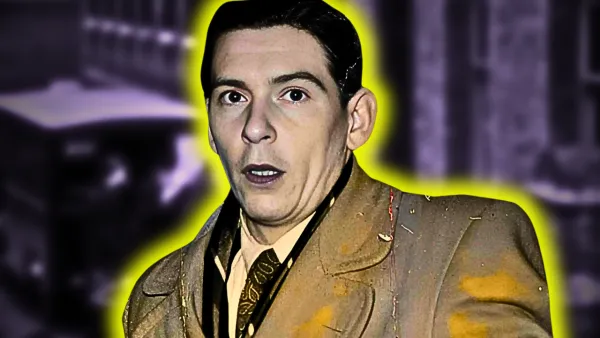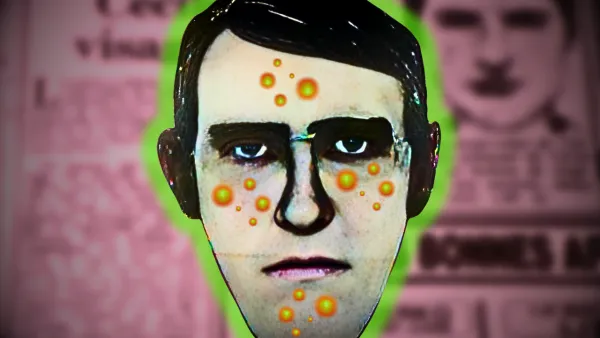The Architect of Agony: Inside H.H. Holmes' House of Horrors
In the shadows of Chicago's bustling streets, a sinister tale unfolds - one that would make even the most hardened true crime aficionados shudder. Prepare yourself for the chilling saga of H.H. Holmes and his infamous "Murder Castle," a labyrinth of horror that housed unspeakable atrocities beneath its unassuming facade.
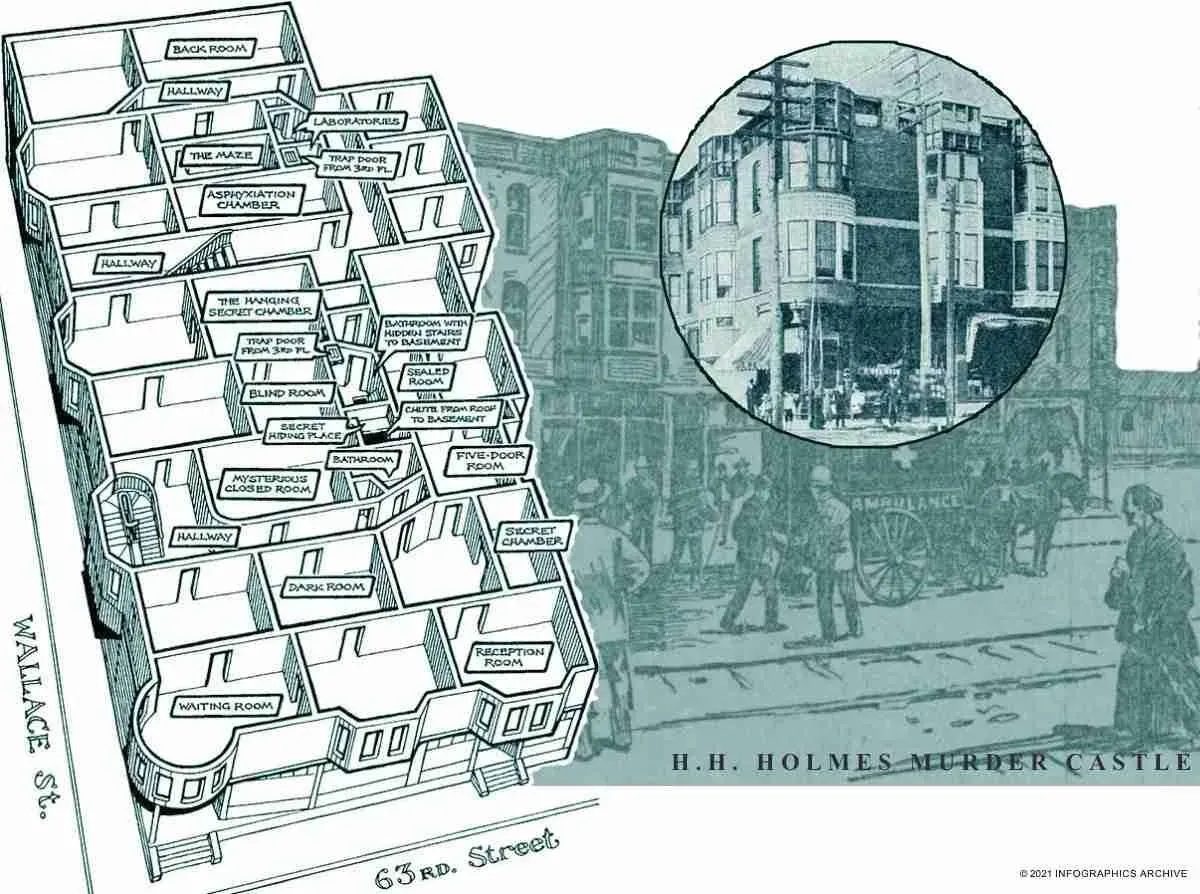
On July 15, 1895, the gruesome discovery of Alice and Nellie's bodies sent shockwaves through the city. But this was merely the tip of a blood-soaked iceberg. As investigators delved deeper into the twisted world of Dr. Henry Howard Holmes, they uncovered a monster hiding in plain sight.
The innocuous-looking building at 63rd and Wallace held dark secrets within its walls. While the first floor housed ordinary shops and the third floor contained Holmes' office and hotel rooms for World's Fair visitors, it was the second floor that concealed the true horrors.
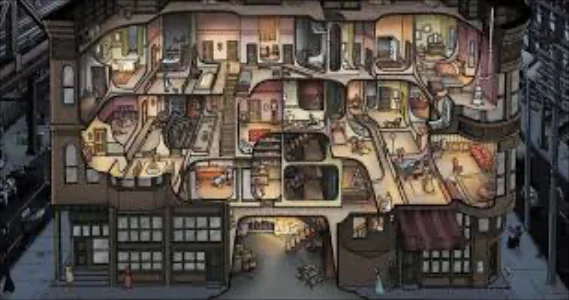
As detectives and workers began their grim exploration in the basement, they were met with an explosive surprise. A plumber, sent to investigate a hollow wall, struck a match - and in an instant, the men were engulfed in flames. But this fiery welcome was just the beginning of the nightmarish revelations to come.
The second floor was a maze of death, meticulously designed by Holmes himself. Airtight rooms with trap doors and soundproofed walls created the perfect killing grounds. Some chambers featured descending ceilings, trapping victims like rats in a diabolical cage. But the true horror lay in the gas pipes, allowing Holmes to watch from his office as his prey succumbed to the noxious fumes.

Imagine the terror of 22-year-old Mazie O'Connor, a talented musician with dreams of performing at the World's Columbian Exposition. As she gasped for air in one of these death chambers, did she think of the handsome doctor who had charmed her just days before? Did she realize, as the walls caught fire around her, that her world was literally and figuratively collapsing?
In Holmes' office, a massive stove stood six feet high, its ash-pan hiding gruesome evidence.Part of a bone was found in the contents of the ash-pan, and another bone, resembling a rib, was picked out of the grate.The dismantled stovepipe revealed "a bunch of human hair, long and evidently female" - a chilling testament to the countless lives snuffed out within these walls.
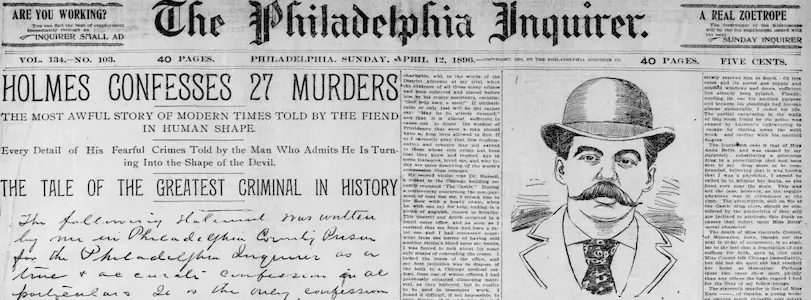
But the horror didn't end there. In the basement, investigators stumbled upon a laboratory where Holmes would "process" his victims, turning them into skeletons to be sold to unsuspecting medical schools. Even more disturbing was the evidence of his youngest victims.In still another room, wedged into the plastering where a doorsill had been torn away, were a woolen shirt, a little girl's dress, and a pair of shoes. They had been embedded so long that the fabric scarcely held together.
The true extent of Holmes' depravity may never be known. While officially linked to 27 murders, some believe his victim count reached into the hundreds. Dr. C.P. Stringfield, searching the basement, discovered "piles" of human bones - including those of children as young as 8 years old.

As night fell and shadows danced across the walls of the Murder Castle, Detective Geyer made a chilling discovery. In the back of Holmes' office, a handmade stepstool lay kicked over. As Geyer righted it, his head struck something in the darkness - a noose, covered in dried blood. The blood had soaked through to the bottom, a testament to the agonizing final moments of yet another victim.
One can only imagine the terror of Lura Sullivan, a talented typist lured to her doom by Holmes' charm. As she regained consciousness, did she realize the handsome doctor who had given her hope for a new life in Chicago was now tightening the rope around her neck? For up to 45 excruciating minutes, Lura may have struggled, her body convulsing as Holmes watched from his elaborate Wooton desk - a $20,000 status symbol in today's currency.
But perhaps the most horrifying instrument in Holmes' arsenal of torture was the "Elasticity Determinator" - a medieval rack used to slowly stretch his victims to death. Neva Murphy, a compassionate nurse who had dedicated her life to helping others, found herself strapped to this monstrous device in Holmes' basement.The elasticity determinator was an elongated bed fitted with straps to secure the victim. Holmes would slowly stretch the person, causing excruciating pain and eventually leading to broken bones and death. After the victims died, Holmes would often dispose of their bodies by dissolving them in acid or incinerating them in his furnace.
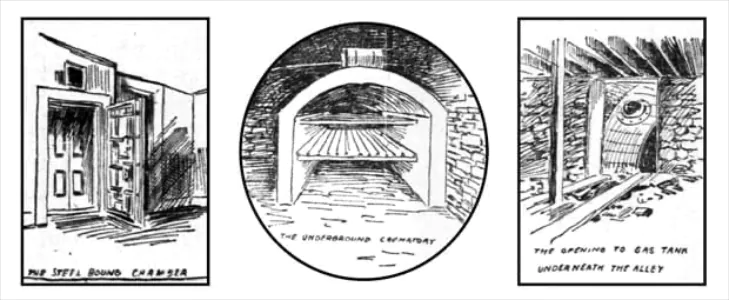
As we peel back the layers of H.H. Holmes' Murder Castle, we're left with a haunting question: How many more secrets lie buried within its blood-soaked walls? The true extent of his crimes may never be known, but the echoes of his victims' screams continue to resonate through history, a chilling reminder of the evil that can lurk behind a charming smile.



